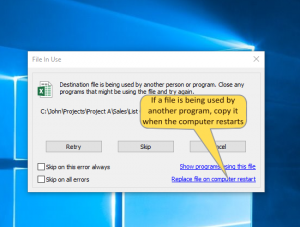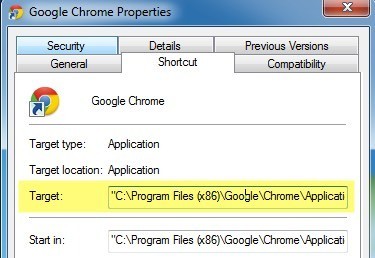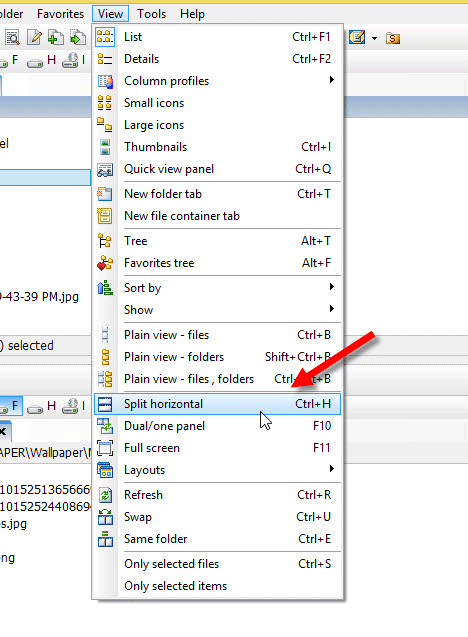

If you run Windows 10 on more than one computer and want to sync your clipboard entries across all of them, turn on the switch to Sync across devices. If not, go to the Windows Update screen in Settings and download the latest updates.Īt the Settings screen for Clipboard, turn on the switch for Clipboard history if it’s not already enabled. If you see a setting called Clipboard, you’re good to go. You should have the new clipboard by now, but the easiest way to check is to go to Settings > System. Let’s look at the clipboard history feature and three clipboard utility programs for Windows 10. That maneuver pastes a certain numbered item from the list or displays a menu of all items in the clipboard so you can choose which one you want to paste. Then you use a special Paste keystroke via the utility itself or you click on the program's shortcut or system tray icon. You use the Copy keystroke (Ctrl+C) or menu command to copy an item. You use the standard Cut keystroke (Ctrl+X) or menu command if you wish to move an item to another location. Most Windows clipboard utilities work the same way. The clipboard tool certainly gets the job done, but if you want more powerful options or are still using an older version of Windows, a clipboard utility can store and help you manage multiple items in your clipboard. The Windows 10 October 2018 Update introduced a clipboard history feature that can store multiple items and even sync them among different computers. This forced you to make a series of round trips between your source and destination if you needed to cut or copy a whole lineup of items. In the past, the Windows clipboard limited you to copying and pasting only one item at a time. How to Set Up Two-Factor AuthenticationĬopying and pasting is a long-standing Windows tradition through which you can paste text, images, links, and other objects from one location to another.How to Record the Screen on Your Windows PC or Mac.How to Convert YouTube Videos to MP3 Files.How to Save Money on Your Cell Phone Bill.How to Free Up Space on Your iPhone or iPad.How to Block Robotexts and Spam Messages.Recommendation: Use this if you only need a list of files (no subfolders) that dynamically updates itself. If you like, you could wrap the IFERROR function around in order to mitigate the error. #REF means in this case that there are no more files in your folder. That means, this argument could also be A1, C1, etc.Īs the last step: Copy the INDEX function down until you see the first #REF error.

The ROW function should refer to any cell in the first row (for example to B1).


Use the Windows built-in PowerShell feature.įile names, file links (not working properly), file size, date modifiedĮxtension, date accessed, date modified, date createdĪs the last step, set up a INDEX formula that pulls the file names into cells. Open folder with a web browser and copy the file list. Use a function in a named range to insert a file list. Method 7: Let a VBA Macro loop through the files.Open PowerShell and write the directory into a text file.Method 6: Use PowerShell to extract a file list.Method 5: Excel Add-in Professor Excel Tools.Method 4: Create a file list with PowerQuery.Method 3: Use an internet browser to quickly copy and paste a file list to Excel.Method 2: Insert a file list with built-in Excel functions using “Named Ranges”.Method 1: Simply copy and paste from Mac Finder to Excel.


 0 kommentar(er)
0 kommentar(er)
